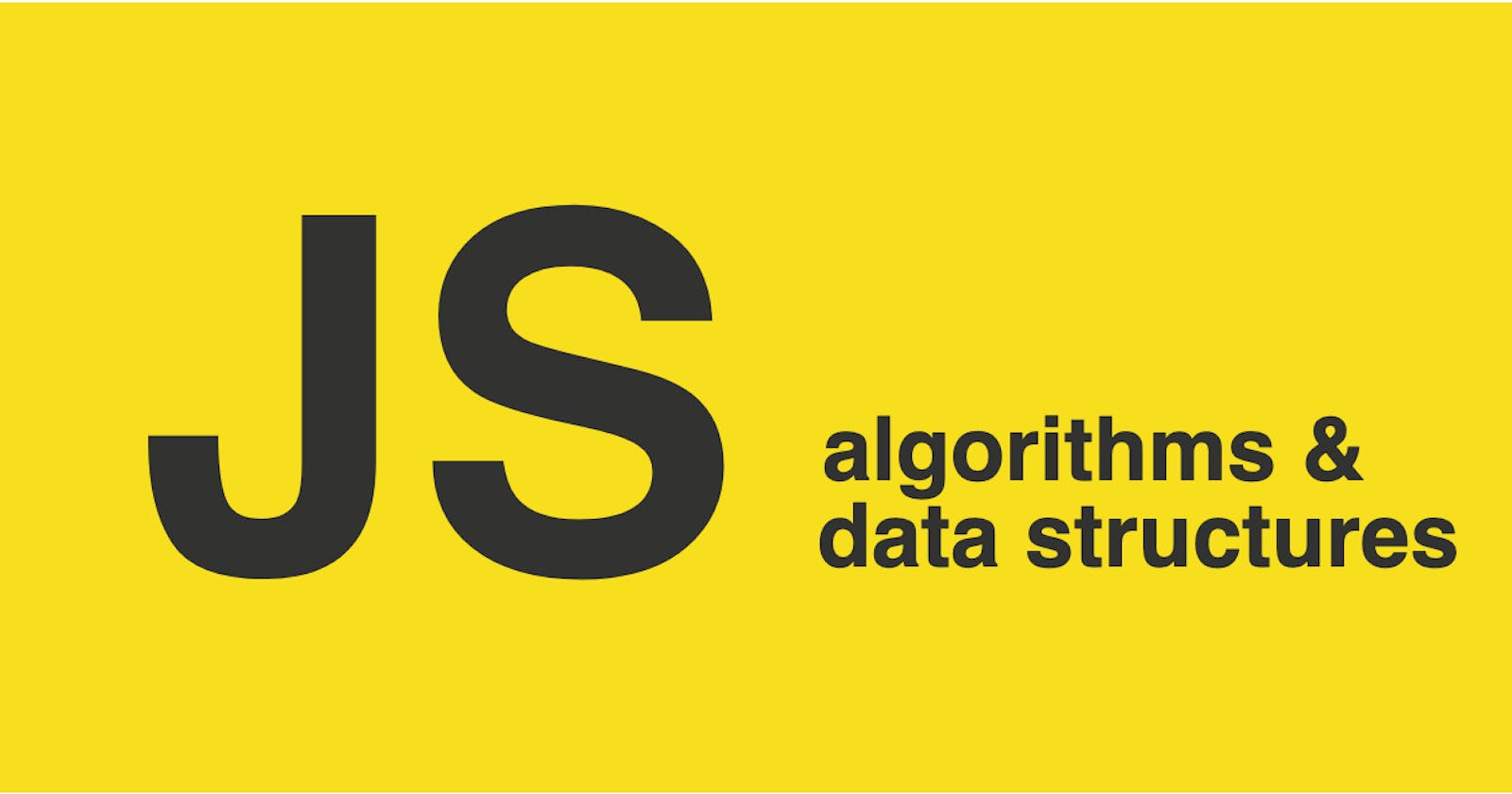This is the second of a series of articles on implementing data structures in JavaScript. If you’re new to data structures, be sure to read this introduction (link to come) to data structures first. Already know about queues? Let’s get started on some more advanced data structures like the binary search tree!
A queue is like a line at a restaurant. It’s “first in, first out” (FIFO), which means that the item that was put in the queue longest ago is the first item that comes out. “First come, first served.”
Most use-cases for a queue are involved with building or utilizing other data structures. One example could be in breadth-first traversal of a tree.
Queues have two main methods:
enqueue() : Adds a node (value)
dequeue() : Removes and returns the next node in the queue
They can also include other utility methods:
peek() : Returns the node at the front of the queue (without removing)
isEmpty() : Returns True if the queue is empty, otherwise returns false
Pseudo Code
Create Queue constructor
Define storage, count, and lowest count
Create enqueue method (value)
Add value to queue
Increment count
Create dequeue method
Save node to delete in var
Delete node
Increment lowest count
Return saved node
Create size method
Return count minus lowest count
Time complexity
If you don’t know much about time complexity, you’ll be lost until you read this short article on time complexity in JavaScript. For each method on the queue, the worst-case time complexity is constant — O(1). This means that as the stack grows to n size, each method completes its job in the same amount of time.
enqueue: Constant — O(1)
dequeue: Constant — O(1)
peek: Constant — O(1)
isEmpty: Constant — O(1)
Code
// This Stack is written using the pseudoclassical pattern
// Creates the queue
var Queue = function() {
this.storage = {};
this.count = 0;
this.lowestCount = 0;
}
// Adds a value to the end of the chain
Queue.prototype.enqueue = function(value) {
// Check to see if value is defined
if (value) {
this.storage[this.count] = value;
this.count++;
}
}
// Removes a value from the beginning of the chain
Queue.prototype.dequeue = function() {
// Check to see if queue is empty
if (this.count - this.lowestCount === 0) {
return undefined;
}
var result = this.storage[this.lowestCount];
delete this.storage[this.lowestCount];
this.lowestCount++;
return result;
}
// Returns the length of the queue
Queue.prototype.size = function() {
return this.count - this.lowestCount;
}

